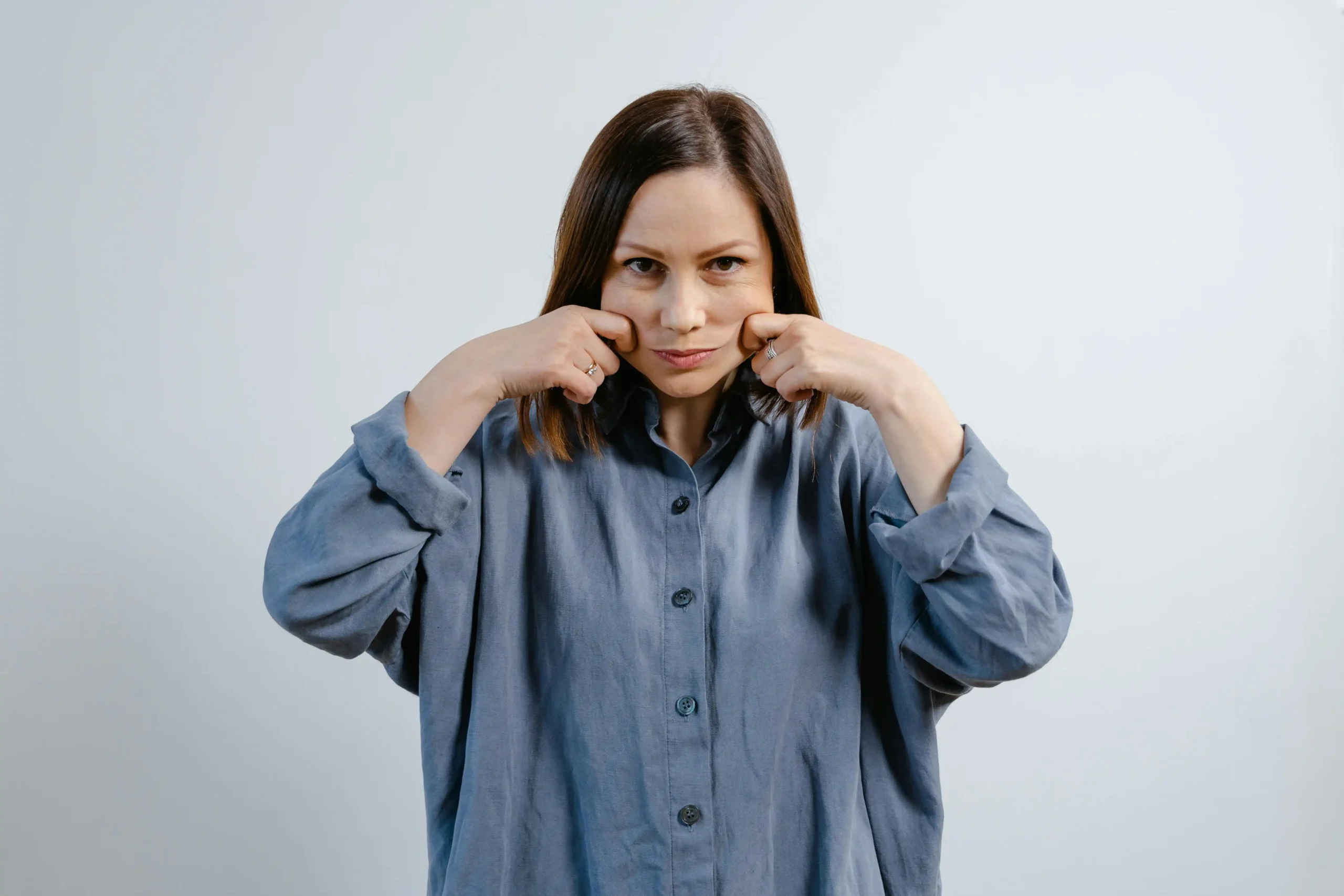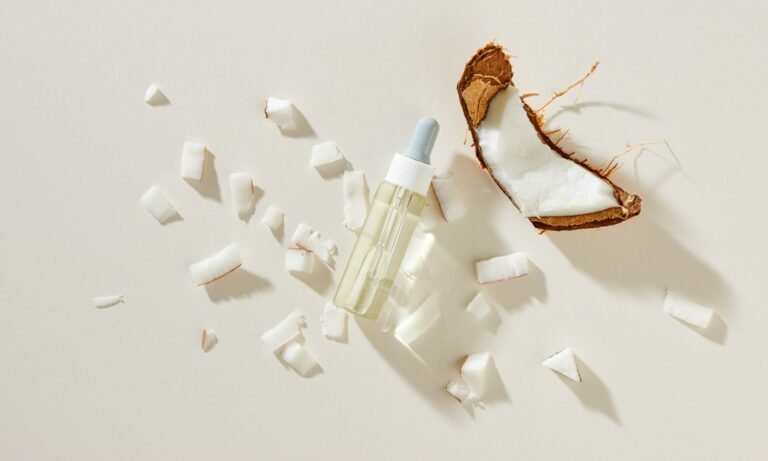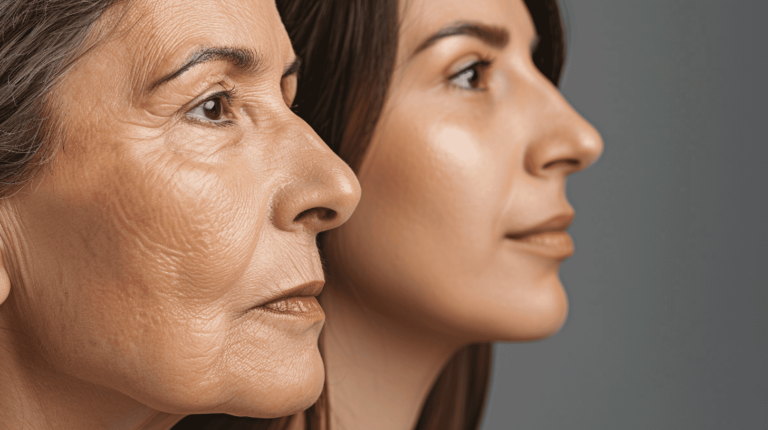Face Yoga: Exercises for a Naturally Lifted Look
You’ve probably heard about yoga for your body, but have you discovered the power of face yoga?
This natural approach to facial fitness can help you achieve a lifted, toned appearance without invasive procedures.
Just like your body benefits from regular exercise, your facial muscles respond beautifully to targeted movements and techniques.
What is Face Yoga?
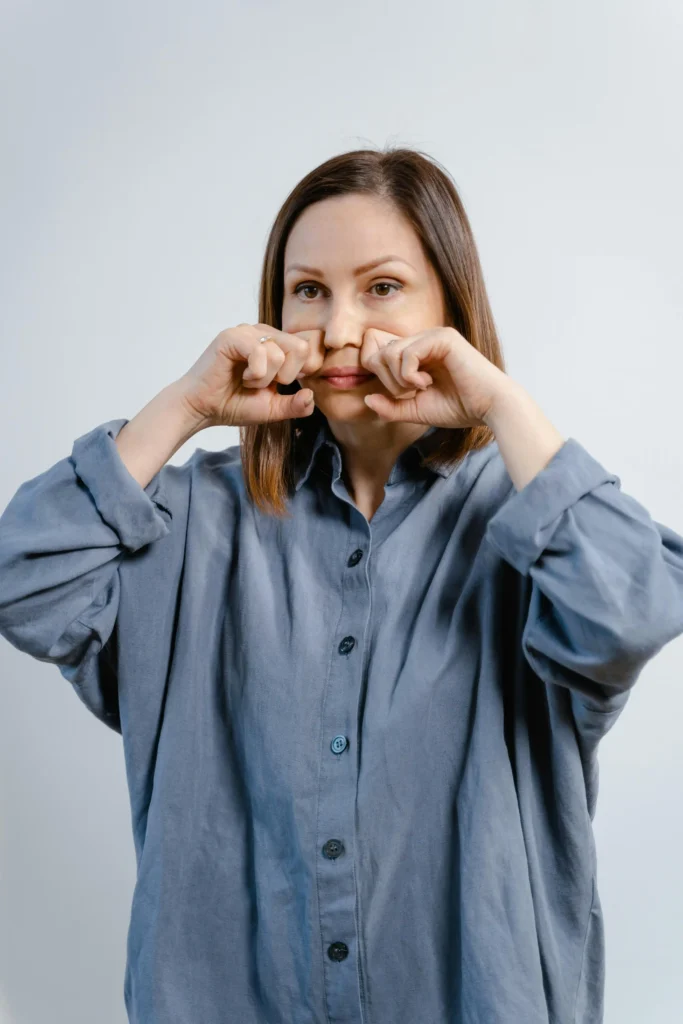
Face yoga combines gentle exercises, massage techniques, and mindful breathing to strengthen and tone your facial muscles.
Think of it as a workout specifically designed for the 43 muscles in your face and neck.
These muscles, just like any others in your body, can become weak and lose elasticity over time.
When you practice face yoga regularly, you’re essentially giving your face a natural facelift.
The exercises work by increasing blood circulation, promoting lymphatic drainage, and building muscle tone. This increased activity helps bring fresh oxygen and nutrients to your skin cells.
Unlike traditional yoga, face yoga focuses on small, precise movements that target specific muscle groups.
You’ll use your fingers to provide resistance while your facial muscles work against that pressure.
This creates the same strengthening effect you’d get from lifting weights at the gym.
The beauty of face yoga lies in its accessibility. You don’t need special equipment, expensive products, or a gym membership.
All you need is your hands, a mirror, and a few minutes each day to see remarkable results.
The Science Behind Face Yoga Benefits
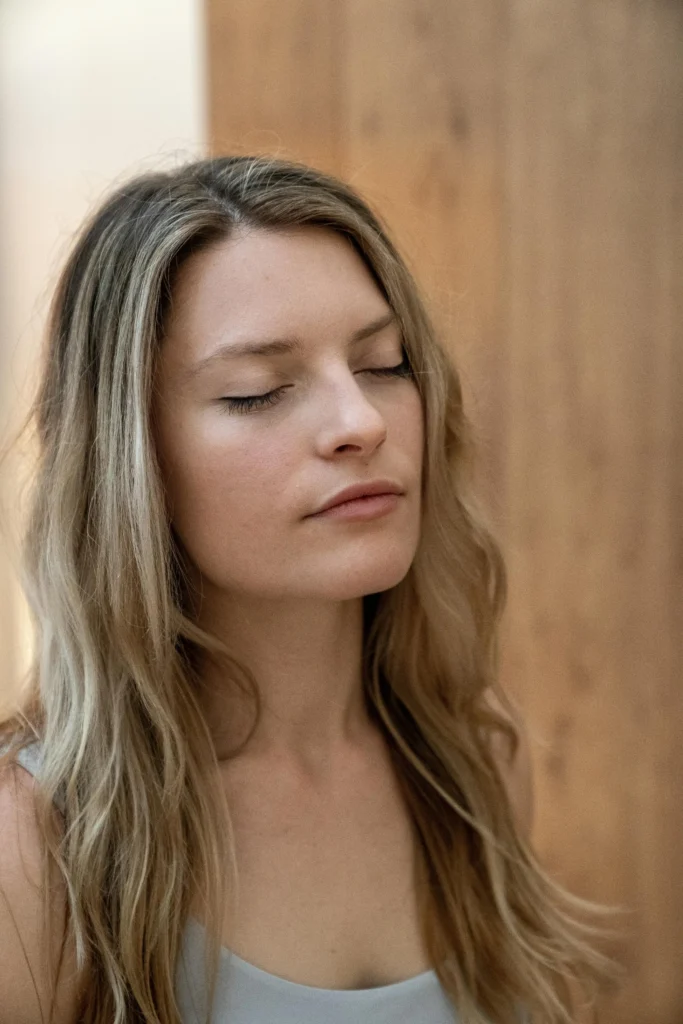
Research shows that consistent facial exercises can significantly improve your appearance.
A Northwestern University study found that participants who performed face yoga exercises for 20 weeks looked approximately three years younger.
The exercises specifically targeted areas that typically show signs of aging first.
Your facial muscles work differently from your body muscles.
They attach directly to your skin rather than to bones, which means strengthening them directly impacts how your skin looks and feels.
When these muscles become stronger and more toned, they create better support for your skin.
Face yoga also stimulates collagen production naturally.
Collagen is the protein responsible for keeping your skin firm, plump, and youthful.
As you age, collagen production decreases, but the increased blood flow from face yoga helps kickstart this important process again.
The lymphatic system in your face also benefits tremendously from these exercises.
When you stimulate lymphatic drainage, you reduce puffiness and help your skin maintain its natural glow.
This is why many people notice an immediate improvement in their complexion after just one session.
Getting Started with Your Face Yoga Practice
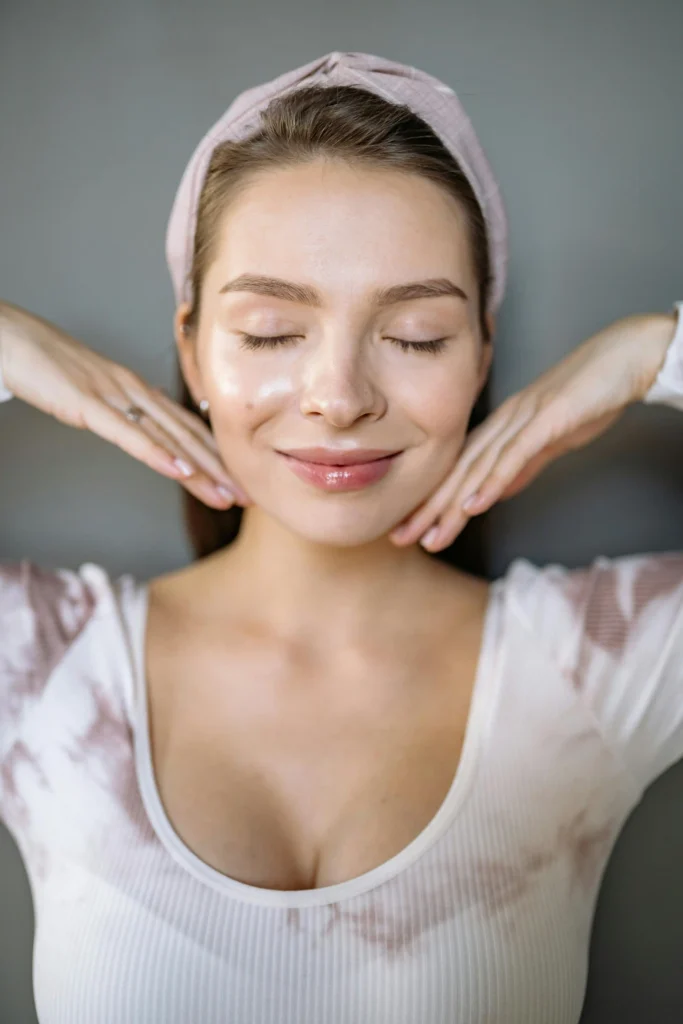
Before you begin any face yoga routine, you’ll want to prepare your face and hands properly.
Start by washing your hands thoroughly and removing any makeup or skincare products. Clean skin allows for better movement and prevents any irritation during the exercises.
Find a comfortable, well-lit space where you can see yourself clearly in a mirror.
Good lighting helps you monitor your form and ensures you’re performing each exercise correctly.
You’ll want to maintain proper posture throughout your practice, so sit or stand with your spine straight.
Begin each session with gentle warm-up movements.
Lightly tap your fingertips all over your face, starting from your forehead and working down to your neck.
This tapping motion increases blood circulation and prepares your muscles for the more intensive exercises to come.
Take a moment to center yourself with deep breathing. Inhale slowly through your nose and exhale through your mouth.
This mindful breathing not only relaxes you but also increases oxygen flow to your facial tissues, enhancing the benefits of your practice.
Upper Face Exercises for Forehead and Eye Area
Your forehead and eye area often show the first signs of aging, making this region a priority for face yoga practice.
The forehead smoother exercise targets horizontal lines and helps lift drooping brows.
Place your palms flat against your forehead, applying gentle downward pressure while trying to raise your eyebrows against the resistance.
Hold this position for 10 seconds, then relax. Repeat this movement five times, focusing on the tension you feel in your forehead muscles.
You’re essentially strengthening these muscles, so expect to feel them working.
For your eye area, try the eye firmer exercise. Place your index fingers at the outer corners of your eyes and your middle fingers at the inner corners.
Apply light pressure while squinting your eyes as if you’re looking into bright sunlight. This exercise strengthens the muscles around your eyes and can help reduce crow’s feet.
The brow lifter specifically targets drooping eyelids and sagging brows. Place your index fingers just above your eyebrows and push down gently while trying to raise your brows.
You’ll feel resistance as your muscles work against your fingers, creating the strengthening effect that leads to natural lifting.
Mid-Face Exercises for Cheeks and Smile Lines
Your cheek muscles are some of the largest in your face, and strengthening them creates a natural lifting effect throughout your entire face.
The cheek lifter exercise involves placing your fingers on the apples of your cheeks and pushing upward while smiling as wide as possible against the resistance.
This movement specifically targets the muscles that support your cheeks and can help restore volume to areas that may have lost fullness over time.
Hold the position for 15 seconds, release, and repeat five times. You should feel a pleasant burning sensation in your cheek muscles.
The smile smoother addresses those pesky lines that form around your mouth when you smile.
Form an “O” shape with your mouth, then smile widely while keeping your lips in the “O” position.
This creates resistance that strengthens both your cheek muscles and the muscles around your mouth.
For the nasolabial fold fighter, place your fingers along the lines that run from your nose to the corners of your mouth.
Apply gentle upward pressure while performing exaggerated chewing motions. This exercise helps smooth these standard aging lines while strengthening the surrounding muscles.
Lower Face and Neck Exercises
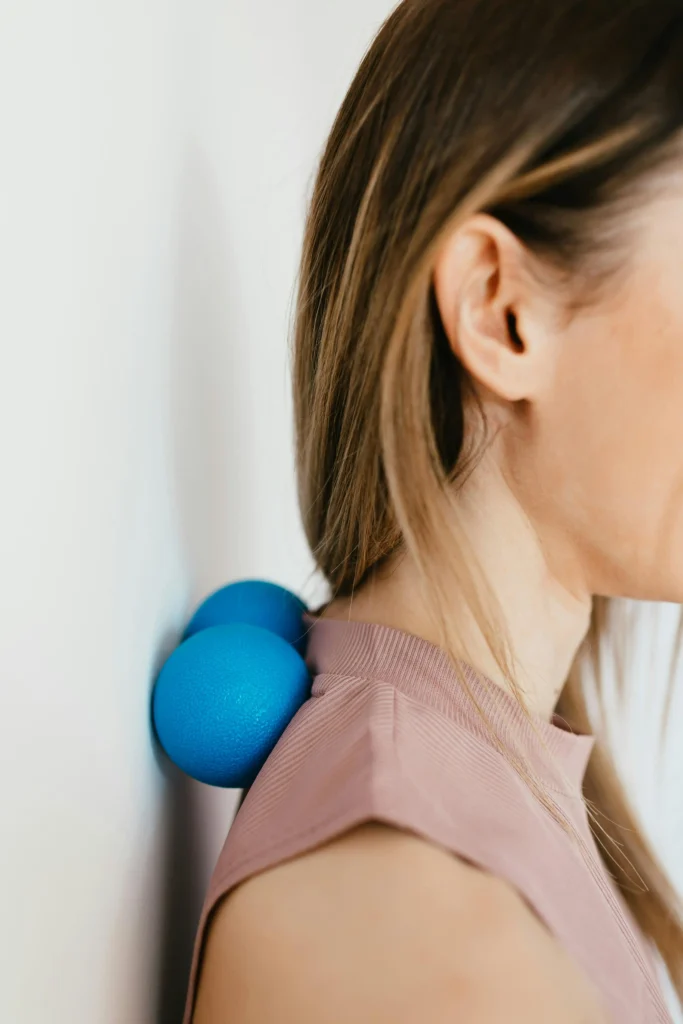
Your jawline and neck area require special attention because gravity affects these areas significantly as you age.
The jaw definer exercise helps create a more sculpted jawline while reducing the appearance of jowls.
Place your thumbs under your chin and open your mouth against the resistance of your thumbs.
This exercise strengthens your jaw muscles and the muscles that support your lower face.
Perform this movement slowly and deliberately, holding for 10 seconds before releasing. You’ll notice improved definition in your jawline with consistent practice.
The neck tightener addresses the often-neglected neck area. Tilt your head back and push your lower jaw forward, feeling a stretch under your chin and along your neck.
Hold this position for 10 seconds, then slowly lower your chin back to neutral. This exercise helps prevent and reduce the appearance of a double chin.
For overall neck toning, try the neck resistance exercise. Place your hand on your forehead and push your head forward against your hand’s resistance.
Then place your hand on the back of your head and push backward. These resistance movements strengthen all the muscles in your neck area.
Don’t forget about your décolletage area. The chest and upper neck benefit from gentle upward strokes using your palms.
Start at your chest and stroke upward toward your chin, helping to maintain elasticity in this delicate area.
Creating Your Personal Face Yoga Routine
Consistency is key when it comes to seeing results from face yoga.
Start with a basic routine that takes about 10-15 minutes and gradually build up to longer sessions as you become more comfortable with the exercises.
You’ll want to practice at least five days per week for optimal results.
Morning sessions can be particularly beneficial because they help reduce overnight puffiness and prepare your face for the day ahead.
The increased circulation gives you a natural glow that works better than any highlighter.
Evening sessions, on the other hand, help you wind down while working on your facial fitness.
Create a routine that targets different areas on different days, or perform a full-face routine every session.
Listen to your body and adjust accordingly. Some people prefer shorter, daily sessions, while others like longer sessions every other day.
Track your progress by taking weekly photos from the same angle and in the same lighting.
This documentation helps you see subtle changes that you might miss when looking in the mirror daily.
Many people notice improvements in just two to three weeks of consistent practice.
Advanced Techniques and Variations
Once you’ve mastered the basic exercises, you can incorporate more advanced techniques to challenge your facial muscles further.
The resistance method involves using your hands to create additional resistance during exercises, intensifying the muscle-building effect.
Try combining breathing techniques with your exercises.
Exhale forcefully through pursed lips while performing cheek exercises, or inhale deeply while stretching your neck.
This combination enhances the benefits by increasing oxygen flow to your facial tissues.
Facial massage tools can complement your face yoga practice.
Gua sha stones, face rollers, and even clean spoons can provide additional stimulation and help with lymphatic drainage.
Use these tools in conjunction with your exercises, not as replacements.
Consider adding acupressure points to your routine.
Gentle pressure on specific points can enhance the circulation benefits of your face yoga practice.
Research the location of facial acupressure points and incorporate them into your cool-down routine.
Common Mistakes to Avoid
Many beginners make the mistake of applying too much pressure during exercises.
Remember that facial skin is delicate, and excessive force can cause irritation or even damage.
Use gentle, controlled movements and let your muscles do the work rather than relying on aggressive pressure.
Another common error is inconsistent practice. Face yoga requires regular commitment to see results.
Sporadic sessions won’t give you the cumulative benefits that come from consistent practice.
Think of it like going to the gym – occasional workouts won’t build the strength you’re seeking.
Don’t rush through the exercises.
Each movement should be deliberate and controlled. Racing through your routine reduces the effectiveness and may lead to improper form.
Take your time and focus on the quality of each movement rather than the quantity.
Avoid performing face yoga immediately after invasive facial treatments like chemical peels or microdermabrasion.
Your skin needs time to heal, and exercises during this period could cause irritation or interfere with the healing process.
Maximizing Your Results
Hydration plays a crucial role in your face yoga success.
Well-hydrated skin responds better to exercise and maintains elasticity more effectively. Drink plenty of water throughout the day and consider using a hydrating serum before your face yoga sessions.
Your diet also impacts your results. Foods rich in antioxidants, healthy fats, and protein support skin health and muscle function.
Consider adding more omega-3 fatty acids, vitamin C, and collagen-supporting nutrients to your diet.
Sleep quality affects your facial appearance significantly. During deep sleep, your body repairs and regenerates skin cells.
Aim for 7-9 hours of quality sleep each night to support your face yoga efforts.
Sun protection remains essential even when practicing face yoga.
UV damage can counteract the benefits of your exercises by breaking down collagen and elastin. Use broad-spectrum sunscreen daily and wear protective clothing when outdoors.
Combining Face Yoga with Skincare
Face yoga works synergistically with a good skincare routine.
Apply a light facial oil or serum before your exercises to help your fingers glide smoothly across your skin. This prevents pulling or tugging that could cause irritation.
After your face yoga session, your skin is primed to absorb skincare products more effectively.
The increased circulation helps ingredients penetrate deeper into your skin. This is an ideal time to apply your favorite serums or moisturizers.
Consider using products with ingredients that support muscle function and skin elasticity.
Peptides, retinoids, and vitamin C can complement your face yoga practice by supporting collagen production and skin repair from a biochemical standpoint.
Don’t forget about gentle exfoliation.
Removing dead skin cells allows your face yoga movements to be more effective and helps your skincare products absorb better.
Use a gentle exfoliant once or twice per week, avoiding the days immediately after intensive face yoga sessions.
Long-term Benefits and Expectations
Face yoga is a long-term investment in your appearance and skin health.
While some people notice immediate improvements in circulation and skin tone, the muscle-strengthening benefits develop over weeks and months of consistent practice.
After four to six weeks of regular practice, you should notice improved muscle tone and definition in your face.
Areas that appeared saggy or loose will begin to look firmer and more lifted. Your facial contours will become more defined.
By three to six months, many people report significant improvements in fine lines, skin texture, and overall facial firmness.
The cumulative effects of improved circulation, stronger muscles, and better lymphatic drainage create a comprehensive improvement in facial appearance.
Long-term practitioners often find that face yoga becomes an enjoyable part of their self-care routine.
The mindful nature of the practice provides stress relief while delivering anti-aging benefits, making it both therapeutic and practical.
Conclusion
Face yoga offers a natural, effective way to achieve a lifted, youthful appearance through simple daily exercises.
With consistency and proper technique, you’ll see remarkable improvements in your facial tone and skin health.

